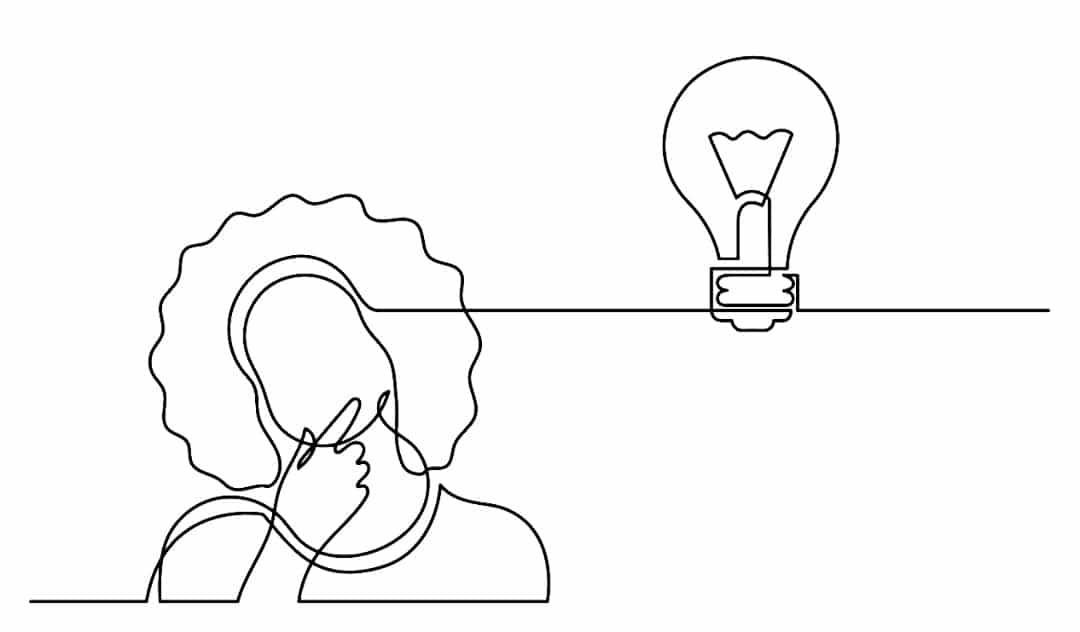If you’re in recovery from binge eating disorder (BED), you know the binge cycle did not serve your body well. Still, finding the right way forward can feel tricky. Let’s look at a few strategies for eating that are simple to follow and will enable you to live free from disordered eating patterns.
Before we start, it’s important to remember that normalizing nutrition is not the be-all, end-all of a successful recovery. Psychologists point to three key areas of recovery: physical, behavioral, and psychological (1).
We’re talking primarily about the behavioral side of things today, but you’ll see hints of us also prioritizing the physical and psychological in these tips as well. After all, recovery is about the whole person.
4 Simple Strategies for Eating in BED Recovery
Get Enough to Eat
In an effort to make progress quickly, you may be tempted to diet, try intermittent fasting or simply restrict how much you eat at every meal. Unfortunately, this approach often leads to more problems (2).
Here’s why: if you don’t get enough to eat, you may feel deprived and your body may not be nourished. You’ll likely tap into your willpower and your strong desire to be healthy as you resist eating more than your energy needs will allow. But eventually, you’re going to need more—not because of your eating disorder, but because your body is not adequately nourished.
Still, because of your history with an eating disorder, avoiding a binge may become increasingly difficult.
When you adequately nourish, you’re more likely to feel satisfied and be able to stick to your plan long-term.
Strive for Balance
Instead of thinking about the quantity of the food you eat, registered dietitians Natalie Guarnashcelli and Justine Roth encourage people recovering from binge eating disorder to consider quality (2). Guarnashcelli explained it to WebMd this way: “At first, how much you eat isn’t as much of a concern as starting to eat balanced meals throughout the day.”
Incorporate foods you enjoy with a balance of protein, fat, fiber and carbohydrates to satisfy hunger and provide needed nutrients. Some examples include a salad with salmon and a side of fruit or a cheeseburger with broccoli and sweet potato fries.
Develop a Plan That Works For You
These affirmations will seem deceptively simple at first. But there’s power in simplicity. Fill in the blanks with
Work with a dietitian, doctor, or counselor to come up with a structured plan for daily eating. Verywellmind.com suggests a schedule that looks something like this: breakfast, mid-morning snack, lunch, afternoon snack, dinner, and evening snack. One of those snacks can be optional, but you should try eating three full meals and two snacks every day.
Guarnaschelli and Roth encourage patients to avoid going longer than four hours without eating. Remember: eating enough and eating often enough will help you avoid a binge (2).
Treat Trigger Foods with Respect
While no foods should be considered off-limits, you may find more success on your journey by learning what foods you’re most likely to binge on and finding a supportive environment to enjoy them.
You might start by following Healthline’s suggestion to “keep a food and mood diary.” (3)
Once you know what foods feel high risk for bingeing, make the conscious effort to enjoy these foods in your supportive environment, such as with a friend. (2)
You can do this! And if you need help, we’re only a phone call away. You can reach us by phone today at 205-235-6989.
Resources
- https://www.nationaleatingdisorders.org/learn/general-information/recovery
- https://www.webmd.com/mental-health/eating-disorders/binge-eating-disorder/features/binge-eating-how-much-eat-recovering
- https://www.healthline.com/nutrition/binge-eating-disorder#overcoming-bed
- https://www.verywellmind.com/regular-eating-for-eating-disorder-recovery-4109419




